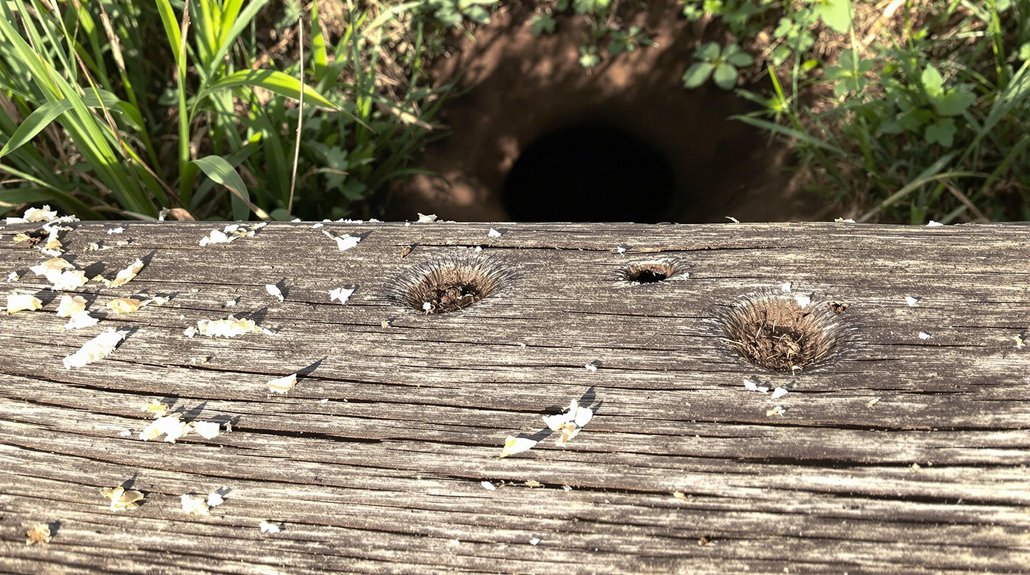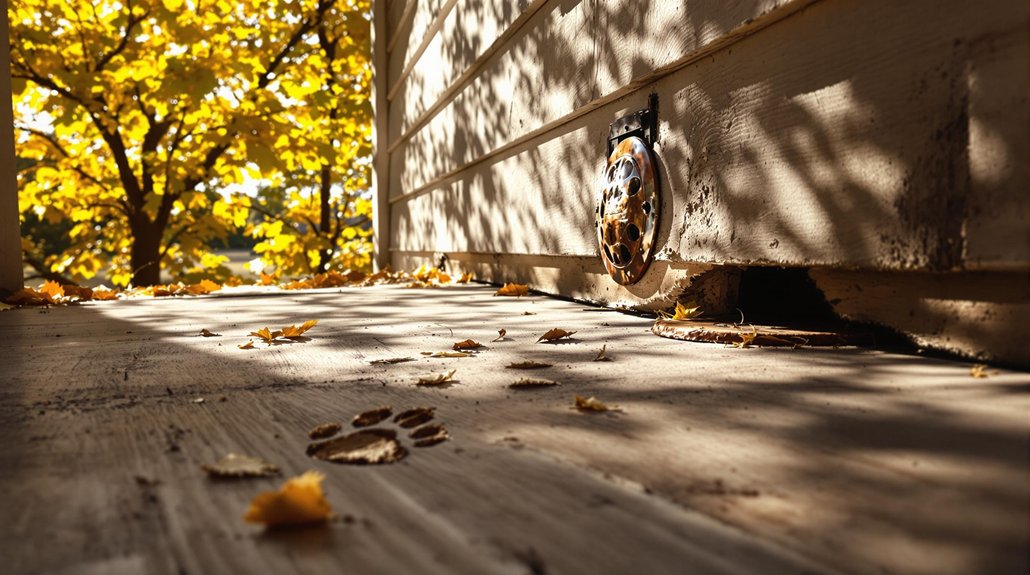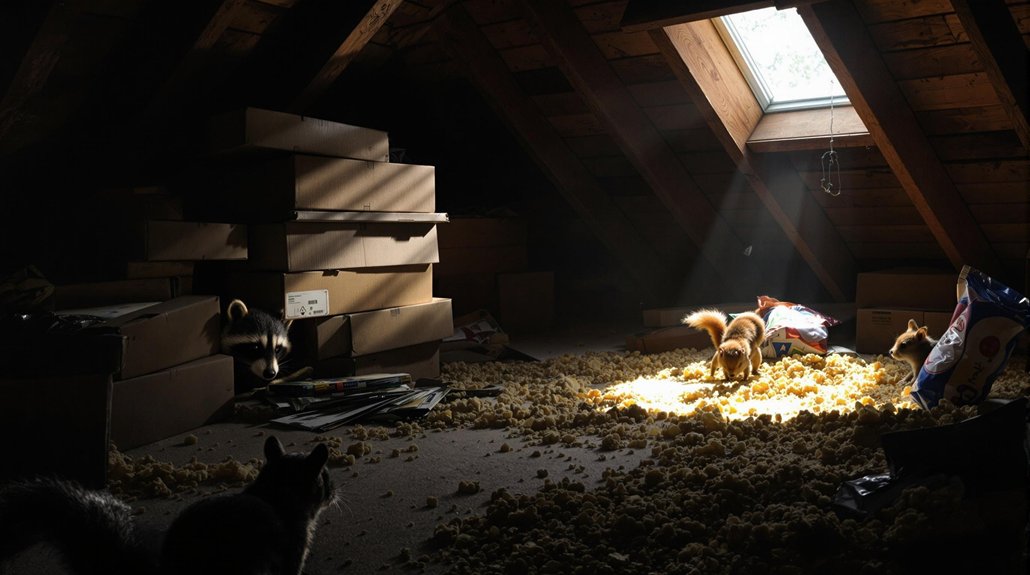


Common Entry Points for Wildlife in Michigan Homes
Common entry points for wildlife in Michigan homes include gaps in windows and doors, attic vents, and exhaust fans. Cracks in roofs and eavestroughs can also provide access for animals like raccoons and squirrels. Additionally, foundation cracks, open chimneys, and...
The Impact of Nuisance Wildlife Damage on Michigan Property Values
Nuisance wildlife damage has a notable impact on property values in Michigan. Issues arise from animals like raccoons and deer that cause structural and landscape damage. This can lead to high repair costs, which strain homeowners' budgets. Properties with visible...
What Types Of Wild Animals Go Into Michigan Attics?
In Michigan, various wild animals often find their way into attics. Raccoons and squirrels are common, seeking shelter during colder months and causing potential damage. Bats prefer dark spaces for roosting as well. Opossums, chipmunks, and birds may also invade...
Michigan Laws Regarding Nuisance Wildlife
Michigan laws regarding nuisance wildlife focus on the management of animals that disrupt human activities. Common nuisance species include raccoons, skunks, and squirrels. Property owners have the responsibility to prevent these animals from causing damage by using...
